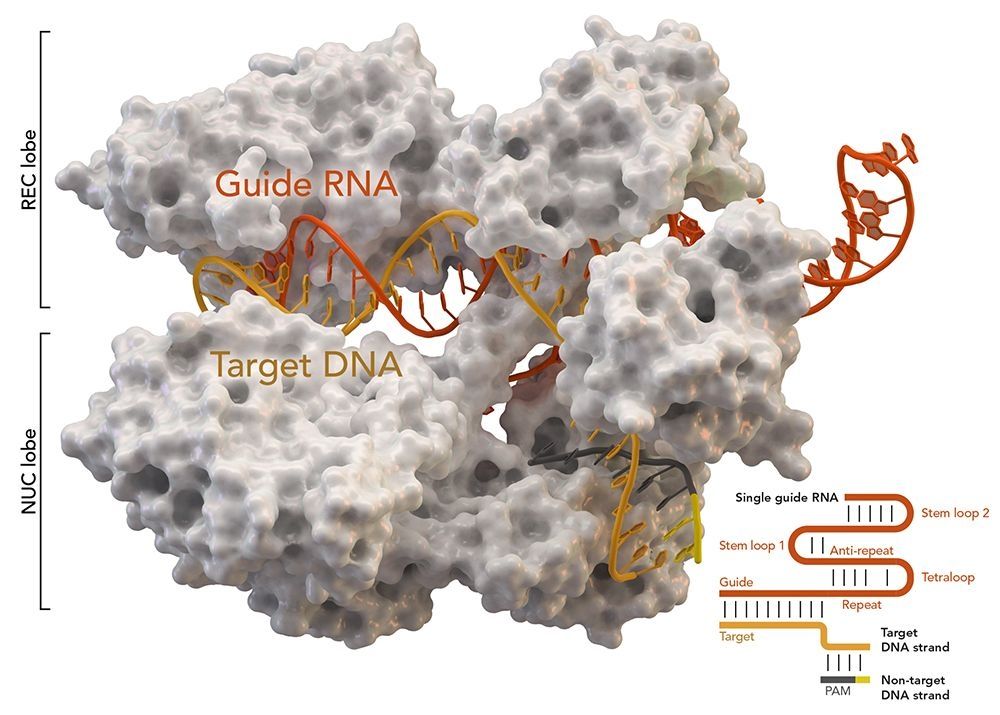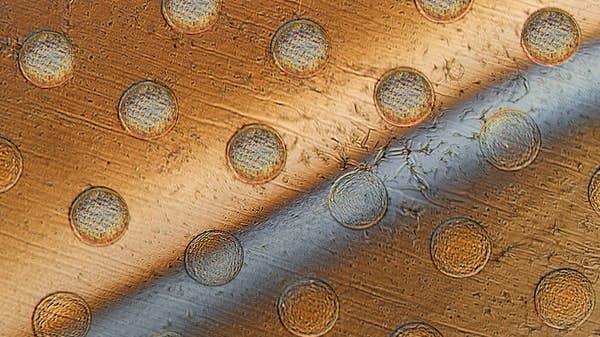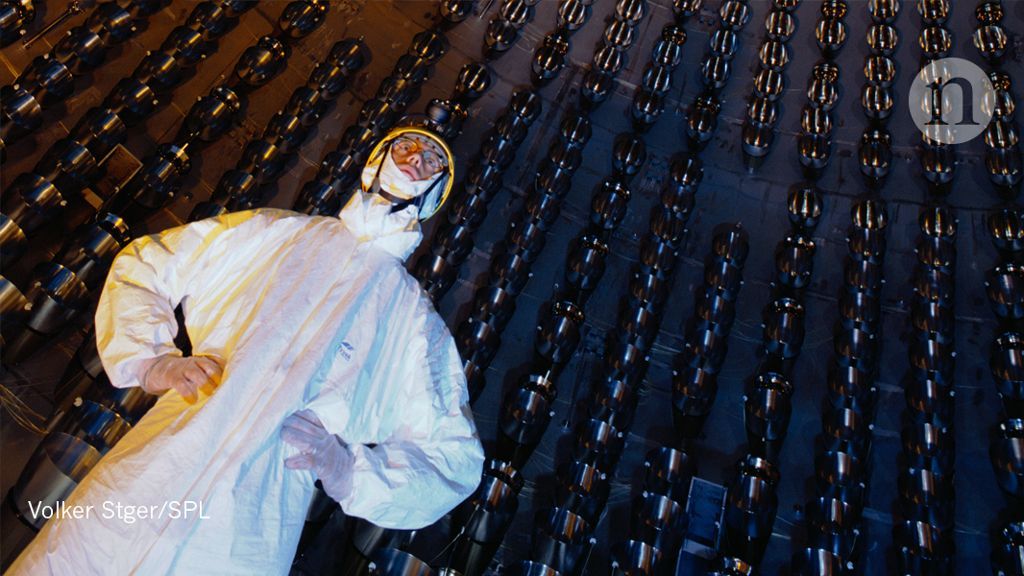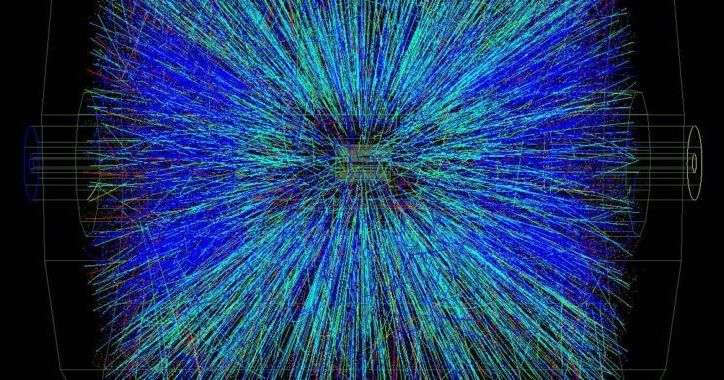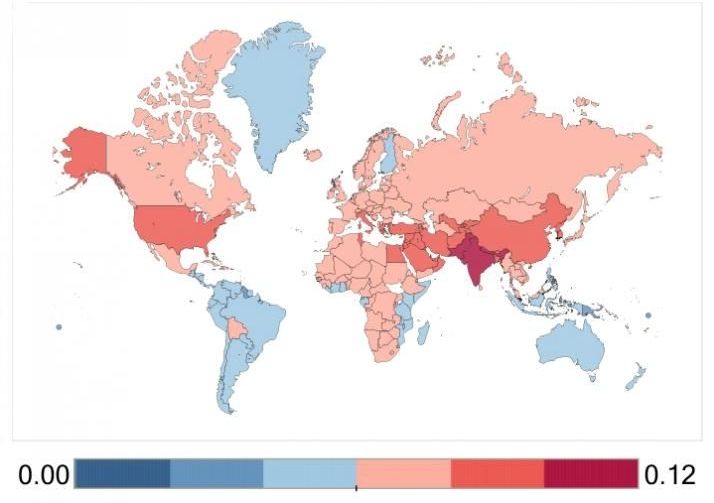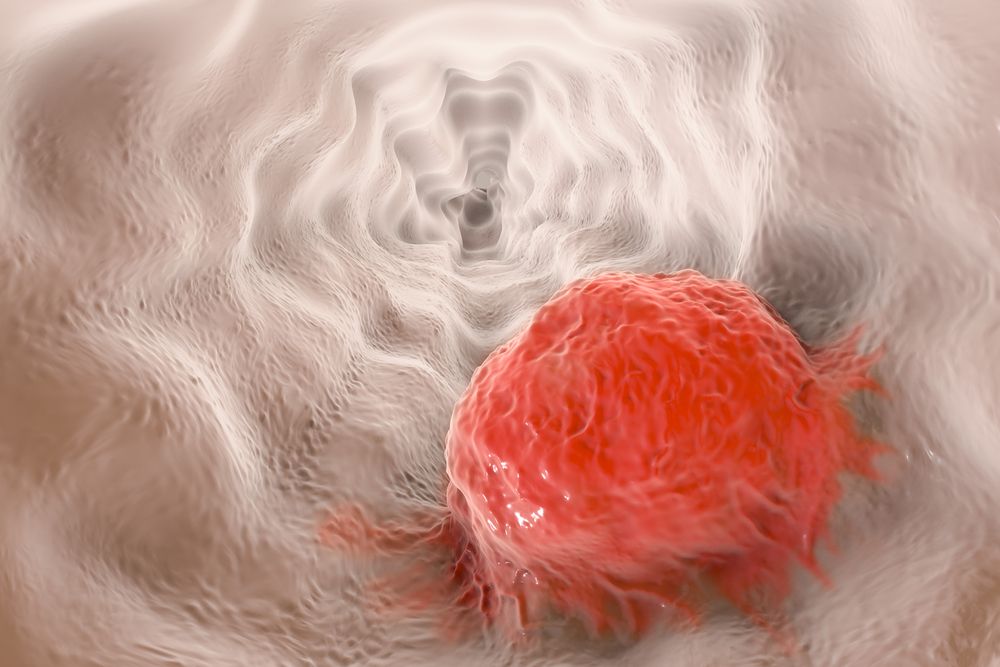Page 9375
Oct 24, 2018
Error: To all the naysayers of anything…
Posted by Mary Jain in category: mobile phones
MacRumors attracts a broad audience of both consumers and professionals interested in the latest technologies and products. We also boast an active community focused on purchasing decisions and technical aspects of the iPhone, iPod, iPad, and Mac platforms.
Oct 24, 2018
MIT punches out cell-sized robots made of graphene
Posted by Klaus Baldauf in categories: health, robotics/AI
Robots are getting smaller and smaller, from the size of bugs down to tiny bead-shaped robots that could one day swim through the body to monitor health or deliver medication. MIT engineers recently managed to create cell-sized robots that could collect data about their environment, but were a little tricky to manufacture. Now, the team has found a way to mass produce these synthetic cells (syncells) through controlled fracturing of graphene.
Oct 24, 2018
Solar neutrinos reveal how the Sun shines
Posted by Genevieve Klien in category: futurism
Oct 24, 2018
Atoms may come apart as the Universe’s biggest stars explode
Posted by Genevieve Klien in categories: cosmology, particle physics
Oct 24, 2018
Air pollution leads to millions of ER visits for asthma attacks worldwide
Posted by Xavier Rosseel in categories: health, sustainability, transportation
The new research suggests that:
WASHINGTON, DC (Oct. 24, 2018)— Nine to 33 million visits to the emergency room (ER) for asthma worldwide may be triggered by breathing in air polluted by ozone or fine particulate matter—pollutants that can enter the lung’s deep airways, according to a study published today.
Scientists have long known that breathing in air sullied by car emissions and other pollutants could trigger asthma attacks. However, the new study is the first to quantify air pollution’s impact on asthma cases around the globe.
Continue reading “Air pollution leads to millions of ER visits for asthma attacks worldwide” »
Oct 24, 2018
Mutations Accumulate in Healthy Esophageal Tissue With Age
Posted by Nicola Bagalà in categories: biotech/medical, genetics, life extension
Many mutations accumulate in the esophagus as we age.
Scientists at the MRC Cancer Unit of the Wellcome Sanger Institute and other departments of the University of Cambridge discovered that healthy esophageal tissue accumulates very high numbers of mutations with age, to the point that, by the time middle age is reached, it is likely to contain more cells with a particular mutation than cells without it [1].
Abstract
Continue reading “Mutations Accumulate in Healthy Esophageal Tissue With Age” »
Oct 24, 2018
Bioquark Inc. — Real Bodies Video — Ira Pastor
Posted by Ira S. Pastor in categories: aging, bioengineering, biotech/medical, cryonics, DNA, futurism, genetics, health, science, transhumanism
Oct 24, 2018
We are happy to announce Dr
Posted by Michael Greve in categories: biotech/medical, life extension
Judith Campisi as a speaker for the 2019 Undoing Aging Conference.
At Lawrence Berkeley National Laboratory and at the Buck Institute for Research on Aging, Dr. Judith Campisi established a broad program to understand the relationship between aging and age-related disease.
Judith Campisi says: “Aging research has entered an era of unprecedented hope for interventions that can prevent, delay and, in some cases, reverse much of the functional decline that is a hallmark of aging. There is still a lot of research to be done! I am delighted to be among the speakers at Undoing Aging 2019, where I will discuss the opportunities and challenges of our recent research.”
Oct 24, 2018
From Agriculture to Art — the A.I. Wave Sweeps In
Posted by Derick Lee in categories: economics, employment, food, internet, robotics/AI
Just where artificial intelligence is taking us, at what pace and along what trajectory, is uncertain. The technology, of course, is raising serious questions about its potential impact on jobs, privacy and politics.
The internet is a technology of low-cost communication and connection. Everything from email to e-commerce to social networks has hinged on the internet’s transformative role in changing the economics of communication. All those connections suddenly became both possible and cheap.
Artificial intelligence is a technology of low-cost prediction and discovery. It exploits the new resource of the digital age — vast amounts of data — to identify patterns and make predictions. Much of what A.I. does today can be thought of as a prediction. What product to recommend, what ad to show you, what image is in that picture, what move should the robot make next — all are automated predictions.
Continue reading “From Agriculture to Art — the A.I. Wave Sweeps In” »
